Unpublished album containing 1000 wood engravings. Graphic Arts Collection (GAX) Oversize Hamilton 1674q
This album holds a collection of wood engravings used in books published by the American Sunday School Union (ASSU) of Philadelphia. Judging from the dates which occasionally occur, the period covered is from the early 1820s to 1831. All the cuts have been carefully organized chronologically and numbered in pen. Over 70 are by George Gilbert, along with designs by Reuben S. Gilbert, Christian F. Gobrecht (1785-1844), Alexander Anderson (1775-1870), and John Warner Barber (1798-1885).
This is book one of two volumes. The second album, beginning with 1831, is held by the Library Company of Philadelphia. Special thanks go to their rare book curator Cornelia King for her research on these sample books.
The ASSU was founded in 1824 in Philadelphia, Pennsylvania to promote early literacy and spiritual development of children, teaching them to read through the use of booklets published by the Union. The ASSU continued its publication program until l960 and some time later changed its name to the American Missionary Fellowship, which is how we know them today. Although the publications were meant to be nondenominational, many of the images tell biblical stories with a conservative leaning. No. 608 shows Adam and Eve in the Garden of Eden with a note below: "Not to be used unless clothed."
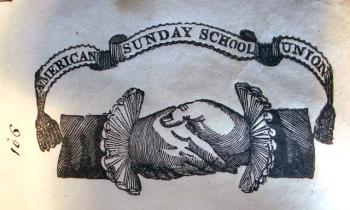
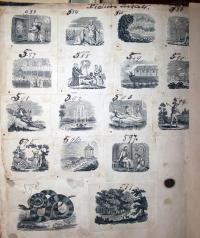

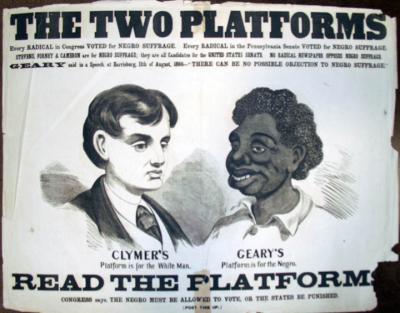
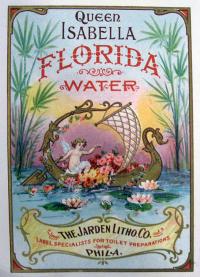


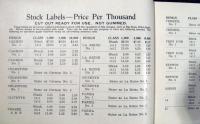
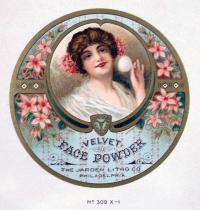
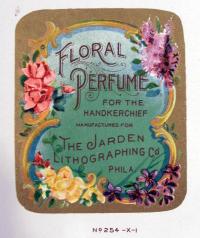
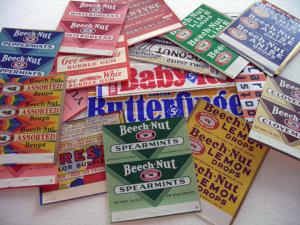
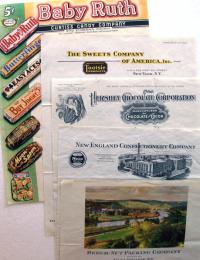
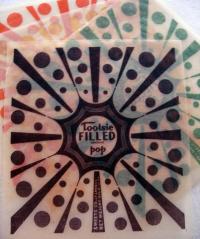
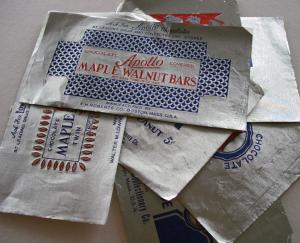
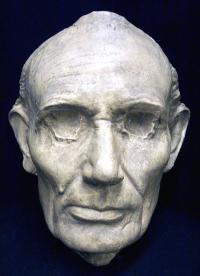
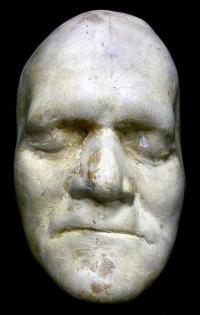
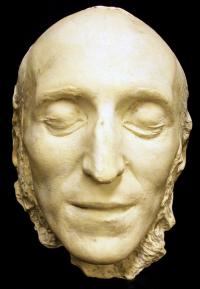

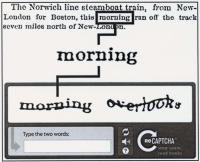
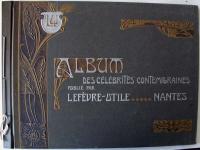

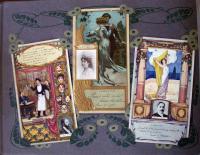
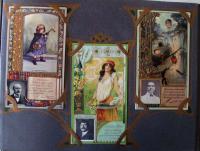

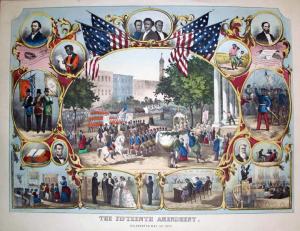

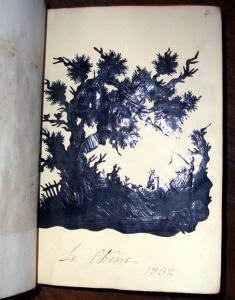
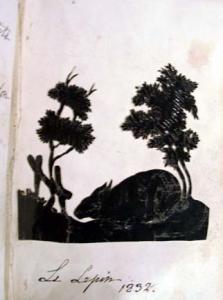
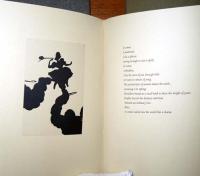
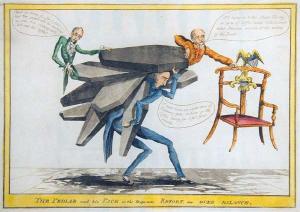
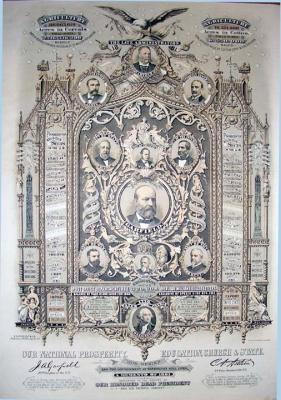

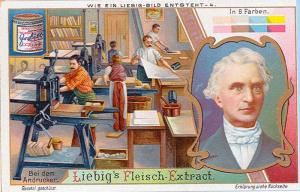
Recent Comments